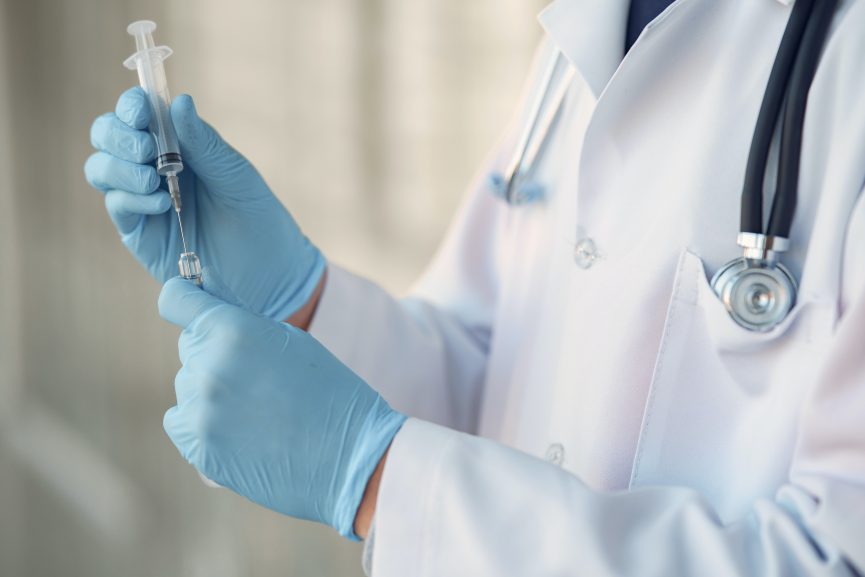3.2 million people back in 2021 received treatment for injuries involving exercise. People in health and fitness often push their bodies to the limit. Thus, resulting in injuries that can take weeks or even months to heal.
Injuries can be even more problematic when recovering for those getting up there in age. That’s where regenerative therapy comes in. It can help speed up recovery, lower inflammation, and reduce pain.
Want to learn how this therapy can help people reach their health and fitness goals? Read on to find out more.
What Is Regenerative Therapy?
Regenerative therapies are a group of alternative pain management treatments that boost healing. These therapies can help treat a wide range of conditions. To name a few, it can help treat arthritis, tendinitis, and musculoskeletal injuries.
Most regenerative therapies stimulate the body’s natural ability to heal itself. This healing can work in different ways, depending on the treatment.
For example, some therapies use platelet-rich plasma (PRP) to help heal damaged tissue. This therapy involves injecting your blood into the injured site to encourage healing.
Besides speeding up recovery, regenerative therapies can help ease the pain. This chronic pain relief allows you to focus on your health and fitness goals.
What Regenerative Therapies Are Available?
There are many different types of regenerative therapies available. Here are some of the most common treatments.
PRP Therapy
This treatment is where a person’s blood gets injected into the injured site. Thus, stimulating the healing factor.
It often treats tendon injuries and musculoskeletal injuries. Sprains and strains are some of the common injuries.
Tissue Engineering
Tissue engineering involves using engineered tissue to replace or repair damaged tissue. This treatment is helpful for cartilage, bone, and skin injuries.
If that wasn’t spectacular enough, tissue engineering also plays a vital role in research. Scaffolds get created to mimic the structure of organs. Cells are then grown on these scaffolds to help researchers study stem cell behavior.
Immunomodulation
This treatment uses specially designed drugs to change the immune response. This therapy is most commonly used to treat inflammatory joint diseases like arthritis.
The Benefits of Regenerative Therapy
Regenerative therapy is a cutting-edge medical treatment. This therapy can help heal various injuries and medical conditions. Some of the benefits of regenerative therapy include the following:
- Reduced dependence on prescription medications
- Postpone or lessen the need for surgery
- Increased range of motion
- Improved joint function
- Fewer side effects
- Faster healing
It’s vital to note that while regenerative therapy can help with a wide range of conditions, it is not a cure-all. This therapy is still in its early stages and will need more research to understand how it works. Surgery is still sometimes necessary to treat more severe injuries.
What Conditions Can Receive Treatment?
There are different branches of regenerative therapy. These are the following therapies and conditions that can receive treatment:
- Immune system improvement
- Cardiovascular tissue repair
- Brain injury tissue repair
- Tissue engineering
- Organ transplants
- Type 1 diabetes
- Certain cancers
- Skin wounds
- Cell therapy
More Info on PRP Therapy
Here’s a more in-depth look at this popular treatment. Do the names of Tiger Woods, Rafael Nadal, and Aaron Nola ring a bell? All three of these celebrity athletes have benefited from receiving PRP.
Plasma is the blood fluid that helps transport red and white blood cells, hormones, nutrients, and proteins. It also contains platelets which help stop bleeding.
Platelets are tiny cells that circulate in your blood and help clot. They are small and colorless cell fragments that help with the healing process and repairing tissue.
Platelets play an essential role in the blood clotting process by helping to stop bleeding at the site of an injury. The platelets will attach to the lining of the vessel, promoting blood clotting and healing.
How Are PRP Injections Administered?
The process itself is simple and relatively quick. Here are the following steps:
- A doctor will take a blood sample from your arm and put it in a machine that spins the blood quickly. This machine separates the platelets from the other components.
- After numbing the treatment area with lidocaine, they will inject concentrated platelet-rich plasma into and around the point of injury.
- When the platelets break down, they release growth factors that help to heal the body naturally.
- The procedure usually takes around 30 minutes. Most people can go back to their normal activities soon after.
Achieve Health and Fitness Goals With Therapy
Health and fitness are the cornerstones of a healthy lifestyle. But, achieving goals can be challenging for those who experience chronic pain. Ligament sprains can make getting through workouts challenging.
Fortunately, regenerative therapy can help reduce this pain and reduce recovery time. While this therapy is in its early stages, it’s already showing promising results. Contact us today to get started on the journey of health.

